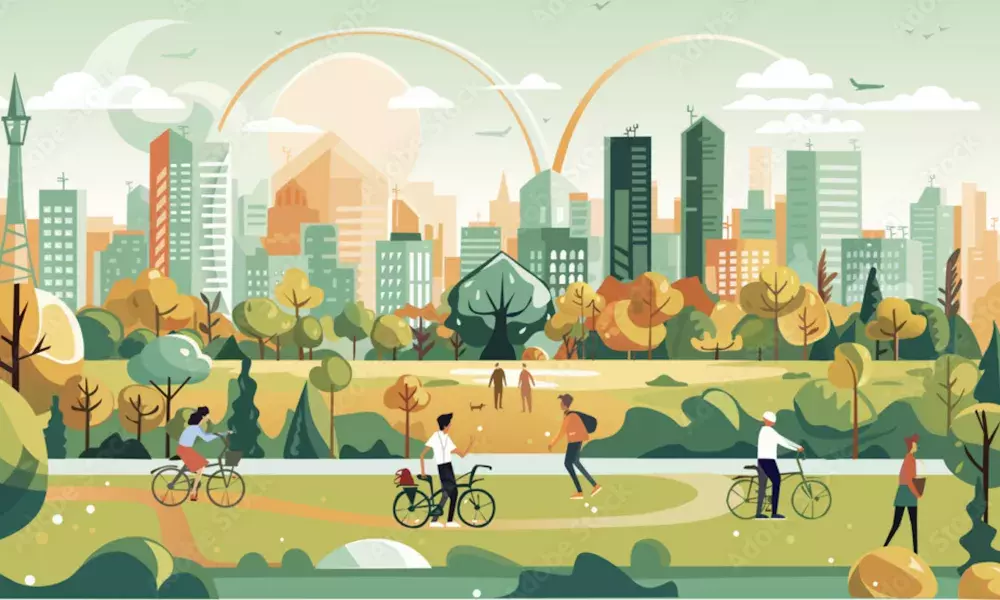
The health and well-being of its citizens is one of a city’s most important assets and responsibilities. Following WHO Urban Health Initiative (UHI), cities are called to act against urban pollution, leveraging the urban environment as a tool to promote physical and mental health.
Short- and long-term exposure to pollution can lead to many diseases. In the case of contamination due to Heavy-Metals (HM), they could include asthma and lower respiratory infections, cardiovascular diseases, gastrointestinal and kidney dysfunctions, nervous system disorders, skin lesions, immune system dysfunctions, and cancers, to name a few.
The Baia Mare´s citizens health is expected to be improved thanks to the actions undertaken by the SPIRE project. It proposes integrated Nature-Based Solutions (NBS) to remediate and re-incorporate contaminated soils into the urban fabric by 2050. It will do it through the metropolitan bio-based strategy and master plan and thanks to phytoremediation and Sustainable Urban Development (SUD) strategies.
Cities, Non-Communicable Diseases and Heavy Metals
Urban environments provide livelihoods, infrastructures, services, access to health, education, information, vibrant cultural exchanges, and more. However, these environments can also worsen health risks and provoke new shocks and stresses in the intersection with other sectors such as land use design and planning, water, energy, waste and resources, natural environment, logistics, infrastructure, or housing.
Extremely hot and cold episodes, urban heat island effects, lack of access to walking pathways and bike lanes, and green infrastructures unfairly distributed within urban space; in addition to the wide availability of tobacco, alcohol and unhealthy foods and beverages; drive the so-called Non-Communicable Diseases (NCD) epidemic.
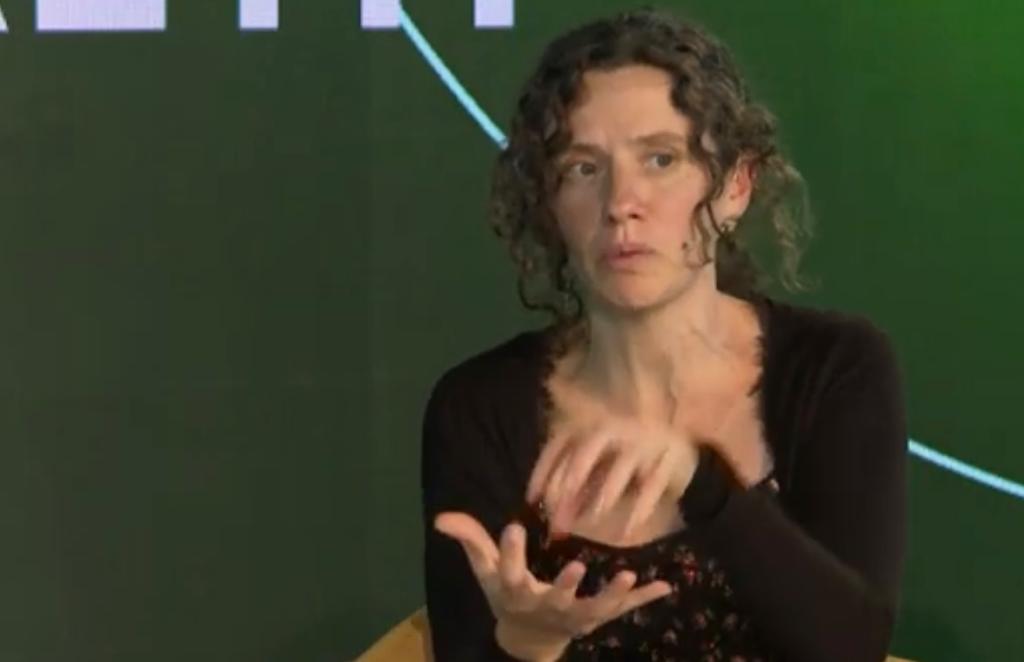
| In relation to this topic, we interviewed Dr. Paula Sol Ventura (PV), who is an expert in environmental medicine: |
PV: Non-Communicable Diseases (NCDs) are chronic diseases that are not transmitted from one person to another. They tend to be long in duration; and result from a combination of genetic, physiological, environmental, and behavioural factors such as smoking, poor diet, lack of physical activity and exposure to toxic substances.
PV: NCDs and pollution are interlaced through several multidimensional factors. On the one hand, exposure to air pollutants such as fine particles (PM2.5), nitrogen oxide (NOx) and Volatile Organic Compounds (VOCs) may increase the risk of heart and respiratory diseases, as well as lung cancer. On the other hand, exposure to toxic chemicals in contaminated water or food has been linked to an increased risk of cancer, nervous system disorders, as well as hormonal disorders.
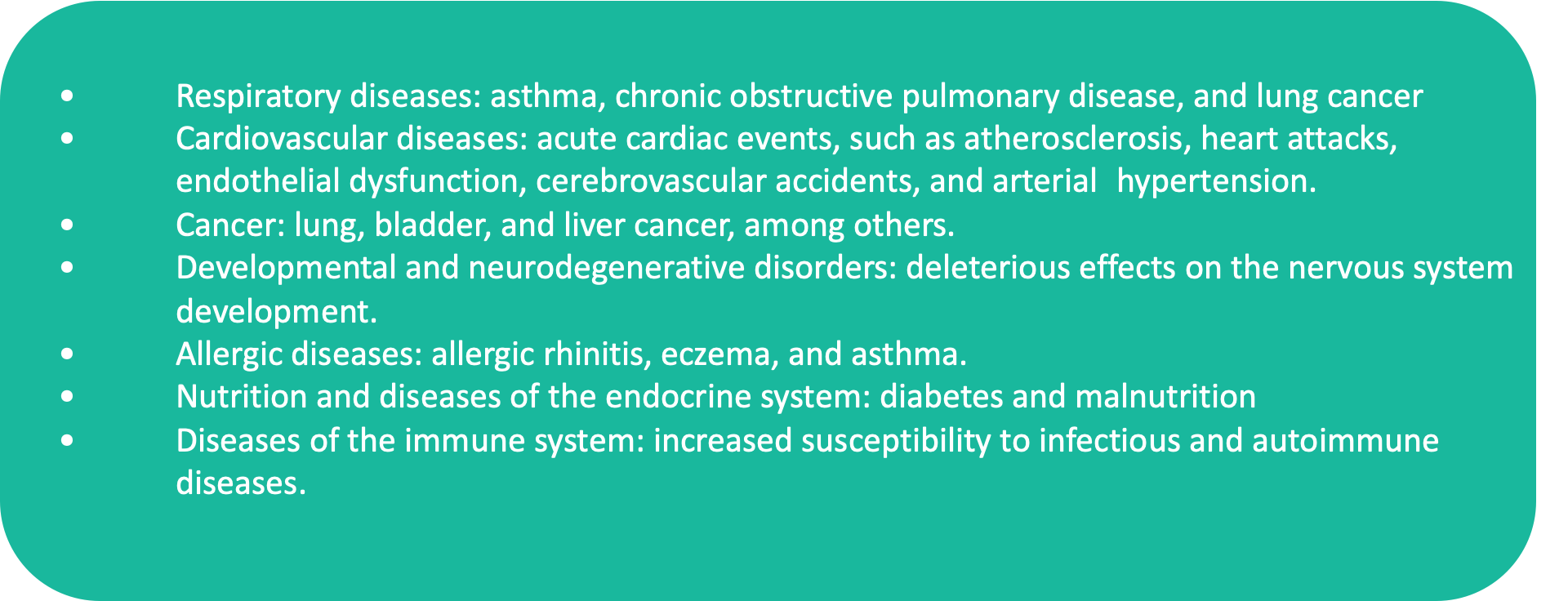 Fig. 3: NCDs related to environmental risk factors. Source: PV.
Fig. 3: NCDs related to environmental risk factors. Source: PV.
PV: Environmental pollution damages the organism through various and complex anatomy-physiological mechanisms, which may vary depending on the pollutant, the affected organ, or the body system. Some of these mechanisms may be due to the activation of a chronic inflammatory response in tissues or organs to the effect of endocrine disruptors, which can mimic or block the action of natural hormones or damage genetic material. In addition, persistent and bio-accumulative pollutants can be deposited and stored in different organs and tissues over time, perpetuating and worsening the damage.
PV: Many chemicals (and Heavy-Metals are included in this category) are found naturally in the environment, but they can also be released in large quantities into the environment due to human activities such as mining, industry, or fossil fuels burning, polluting the air, water, and soil. There are metals that are necessary, in acceptable doses, for the proper functioning needs and requirements of our body. But in high doses, they can cause harm and increase the risk of chronic diseases, especially when we consider that some people are more susceptible than others. Some Heavy-Metals, regardless of whether they are necessary for our body or not, can have a toxic effect in low, moderate, or high doses, especially in vulnerable stages of life, such as intrauterine development or early life stages. Some examples are:
- Lead (Pb): affectation of cognitive development and the nervous system, anaemia, hypertension, renal dysfunction, immunotoxicity and reproductive organ toxicity.
- Cadmium (Cd): nausea, abdominal pain, diarrhoea, lung and kidney diseases.
- Cupper (Cu): nausea, abdominal pain, diarrhoea, and liver damage.
- Zinc (Zn): nausea, anaemia, affect the immune system, and HDL cholesterol decreasing.
PV: It is important to take steps to reduce exposure to environmental pollutants and Heavy-Metals, such as improving air, water, and food quality. Controlling industrial emissions and promoting safe practices in handling certain substances can reduce exposure to pollution, an essential step in preventing and controlling NCDs and promoting better overall health.
SPIRE actions to combat pollution
In the city of Baia Mare, the past extractions at the Sasar mine have caused environmental pollution on the surface and underground water, air and soil. Compared to the Romanian population's average life expectancy, the city's life expectancy is 2.2 years less. In addition, the overall mortality index is 10-15% higher; D2 deficiency is 65-95% higher, and the frequency of metabolic diseases caused by lead pollution is 40-60% higher.
|
| SPIRE phytoremediation techniques use plants to clean up contaminated land and remove Heavy-Metals from the soil. A Remediation Toolkit provides a vegetation catalogue based on varied criteria, such as remediation capacity per planting and harvest cycle, biomass, soil preparation and plantation cost-effectiveness, potential applications and cascading uses, and a set of criteria for biodiversity and design. Thanks to this green technology, former urban contaminated land in 5 pilot sites are being restored and re-inserted as healed land into the urban ecosystems. |
The smart SPIRE iGIS gathers site ground analytical data from the 5 pilot sites. The system locates the sites and provides information about soil analysis and the heavy-metal concentration values. These concentration values in every region can be compared with the allowed limits set by WHO for Heavy-Metals. The project already counts on the heavy-metal concentrations at the beginning of the project per site:
Pilot site 1: Romplumb
 Pilot site 2: Ferneziu
Pilot site 2: Ferneziu
 Pilot site 3: Colonia Topitorilor
Pilot site 3: Colonia Topitorilor

Pilot site 4: Urbis

Pilot site 5: Craica

SPIRE evidence-based interventions focus on modifying the pilot sites and actions hankering after a behavioural change from Baia Mare citizens concerning environmental and health awareness, climate change commitments, and public open spaces enjoyment. The Immaterial Local Environmental Utility (iLEU) represents a reward system for environmentally friendly activities based on blockchain technologies. It is provoking a systemic change by working in the interdependencies between the local community, locally owned businesses, innovation and new technologies, training and educational programs and participatory processes
 Fig. 6: iLEU. Source: https://appadvice.com/app/ileu-baia-mare/1578679670
Fig. 6: iLEU. Source: https://appadvice.com/app/ileu-baia-mare/1578679670
The SPIRE strategic multi-stakeholder framework aims to transform the current urban social dynamics into a new model based on three primary actions:
- Citizen engagement as a high priority for the SPIRE project and partners since the focus of the participatory approach is on the project's spirit.
- Real co-creation processes as the tool to ensure consistency between citizens and future ecological (and experimental) public spaces.
- Active participation of the local community as a critical milestone to ensure the success of the re-naturalization of the five selected pilot sites through Plantathlons activities; and the use of the innovative iLEU digital reward system.
Cities need to understand the features and processes that render them fragile to environmental and climate crisis and their health-related impacts. The International Agenda(s) support this understanding, proposing concrete actions and goals to overcome the health crisis in urban settings: The Sendai Framework for Disaster Risk Reduction 2015–2030, the Sustainable Development Goals (SDG), particularly SDG 3 and 11, the Paris Agreement (from climate change mitigation and adaptation lens), and the New Urban Agenda that advocates specifically for healthy, resilient, and sustainable cities.
 Fig. 7. International Agendas. Source: UN
Fig. 7. International Agendas. Source: UN
Environmental, social and economic policies influence health and well-being in cities. Strategic decisions activate synergies and achieve co-benefits that underpin the health and well-being of urban inhabitants. Public health authorities, health care practitioners, academia, researchers, local stakeholders, and communities have the duty to understand how to intervene within the built environment for health. Individual and/or structural-level interventions contribute to delivering better urban public health.
| ”Cities have the potential to be health and well-being engines, climate-crisis adaptive mechanisms, and innovative motors of new policies that will shape the behaviour of millions of people and decrease further exposure to environmental contaminants¨. |
Celaya Alvarez A. (2021) Re-naturing cities through phytoremediation: How Nature Based Solutions can make a difference. Available at: https://uia-initiative.eu/en/news/renaturing-cities-through-phytoremediation-how-nature-based-solutions-can-make-difference
Celaya Alvarez A. (2021) Resilient cities after COVID-19: the need for green infrastructure. Available at: https://uia-initiative.eu/en/news/resilient-cities-after-covid19-need-green-infrastructure
Celaya Alvarez A. (2020) Creating new social and economic value: Restoring the urban ecosystem. Available at: https://uia-initiative.eu/en/news/creating-newsocial-and-economic-value-restoring-urban-ecosystem
Celaya Alvarez A. (2020) Urban soil decontamination for citizens’ health. Available at: https://uia-initiative.eu/en/news/urban-soil-decontamination-citizens-health
Celaya Alvarez A. (2020) SPIRE Zoom In: Plantathlon and Phytoremediation in BaiaMare. Available at: https://www.uia-initiative.eu/en/news/spire-zoom-plantathlon-and-phytoremediation-baia-mare
Celaya Alvarez A. (2022) Baia Mare community in action. Available at: https://uia-initiative.eu/en/news/baia-mare-community-action
Celaya Alvarez A (2015) Scope and limitations of indicators related to disaster risk reduction in urban settings: towards an urban resilience model [Master’s thesis]. Bilbao and Brussels: Network on Humanitarian Action Master, Deusto University and NOHA Network.
Condor A. (2014) From brownfield to greenfield. Major Ecological Imbalances in Baia Mare Sāsar Mine reclamation and Reconversion. STUDIA UBB GEOGRAPHIA, LIX, 2, 2014, pp. 99 – 114. Available at: http://studiageographia.geografie.ubbcluj.ro/docs/file/2_2014/Condor.pdf
EC, Research and Innovation. (2020) Nature-Based Solutions. Available at: https://research-and-innovation.ec.europa.eu/research-area/environment/nature-based-solutions_en
EU (2023) Horizon-Europe Work Programme 2023-2024. Available at: https://ec.europa.eu/info/funding-tenders/opportunities/docs/2021-2027/horizon/wp-call/2023-2024/wp-8-climate-energy-and-mobility_horizon-2023-2024_en.pdf
EU (2023) Interventions in city environments to reduce non-communicable disease risk (Global Alliance for Chronic Diseases - GACD). Topic ID: Horizon-HLTH-2023-Disease-03-03. Available at: https://ec.europa.eu/info/funding-tenders/opportunities/portal/screen/opportunities/topic-details/horizon-hlth-2023-disease-03-03#fn4
EU (2023) Urban environment. Available at: https://environment.ec.europa.eu/topics/urban-environment_en
EUI (2023) The European Hub for sustainable urban development. Available at: https://www.urban-initiative.eu
European Environment Agency (2022) Volatile Organic Compounds. Available at: https://www.eea.europa.eu/help/glossary/eea-glossary/volatile-organic-compound-voc
European Environment Agency (2023) Air pollution. Available at: https://www.eea.europa.eu/en/topics/in-depth/air-pollution#:~:text=Across%20the%20EU%2C%20it%20is,by%20the%20World%20Health%20Organization.
GACD (2022). Available at: https://www.gacd.org/
Gov UK (2021) Nitrogen oxides (NOx). Available at: https://www.gov.uk/government/statistics/emissions-of-air-pollutants/emissions-of-air-pollutants-in-the-uk-nitrogen-oxides-nox
Safera (2023) Fine particles PM2.5 have a significant impact on health. Available at: https://www.safera.com/fine-particles-pm25-are-significant-health-risk/#:~:text=Air%20pollution%2C%20including%20fine%20particulate,exposed%20to%20levels%20of%20PM2.
OECD (2022) Health Risks. Available at: https://www.oecd-ilibrary.org/social-issues-migration-health/health-risks/indicator-group/english_1c4df204-en
Resilient Cities Network (2019) Urban Resilience. Available at: https://resilientcitiesnetwork.org/what-is-urban-resilience/
Sorin POP, Carmen GHIȘE, Ciprian Ghișe, Ana Maria POP, Sorana ROTTA, Alexandru Roja, Sabina LEOPA, Dorin Miclaus, Pietro ELISEI, (2020). SPIRE Baia Mare: White paper ILEU. Available at: http://spire.city/wp-content/uploads/2020/05/iLEU-whitepaper-_10.pdf
SPIRE project (2020) Spire. Available at: http://spire.city / https://uia-initiative.eu/en/uia-cities/baia-mare
WHO (2023). One Health. Available at: https://www.who.int/europe/initiatives/one-health
WHO (2023) Review of indicator frameworks supporting urban planning for resilience and health. Available at: https://www.who.int/europe/publications/i/item/WHO-10665-355763
WHO (2023). Who. Available at: https://www.who.int
WHO (2022) Implementing the Urban Health Initiative. Available at: https://www.who.int/activities/implementing-the-urban-health-initiative
WHO (2022) Non-Communicable Diseases. Available at: https://www.who.int/news-room/fact-sheets/detail/noncommunicable-diseases
WHO (2018). Global Action Plan on Physical Activity 2018-2030 (GAPPA). More active people for a healthier world. Available at: https://apps.who.int/iris/bitstream/handle/10665/272722/9789241514187-eng.pdf
About this resource
The Urban Innovative Actions (UIA) is a European Union initiative that provided funding to urban areas across Europe to test new and unproven solutions to urban challenges. The initiative had a total ERDF budget of €372 million for 2014-2020.
Similar content



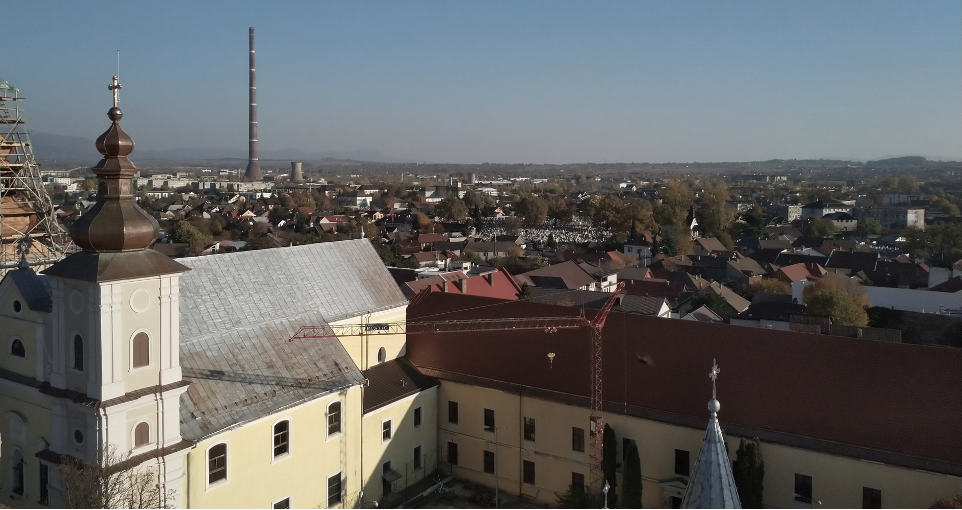 Fig. 4: Baia Mare. Source: AC
Fig. 4: Baia Mare. Source: AC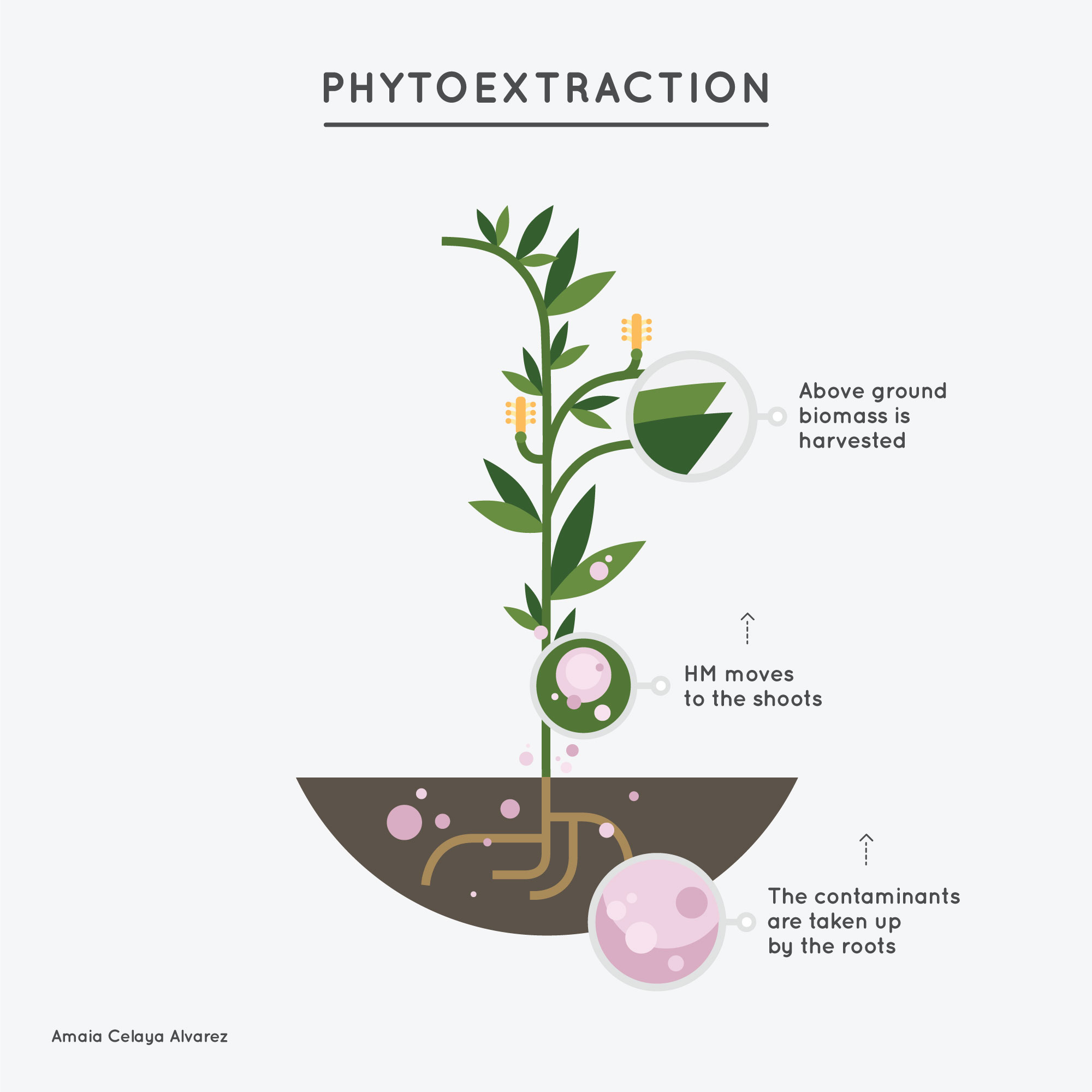 Fig. 5: Phytoremediation. Source: AC
Fig. 5: Phytoremediation. Source: AC
